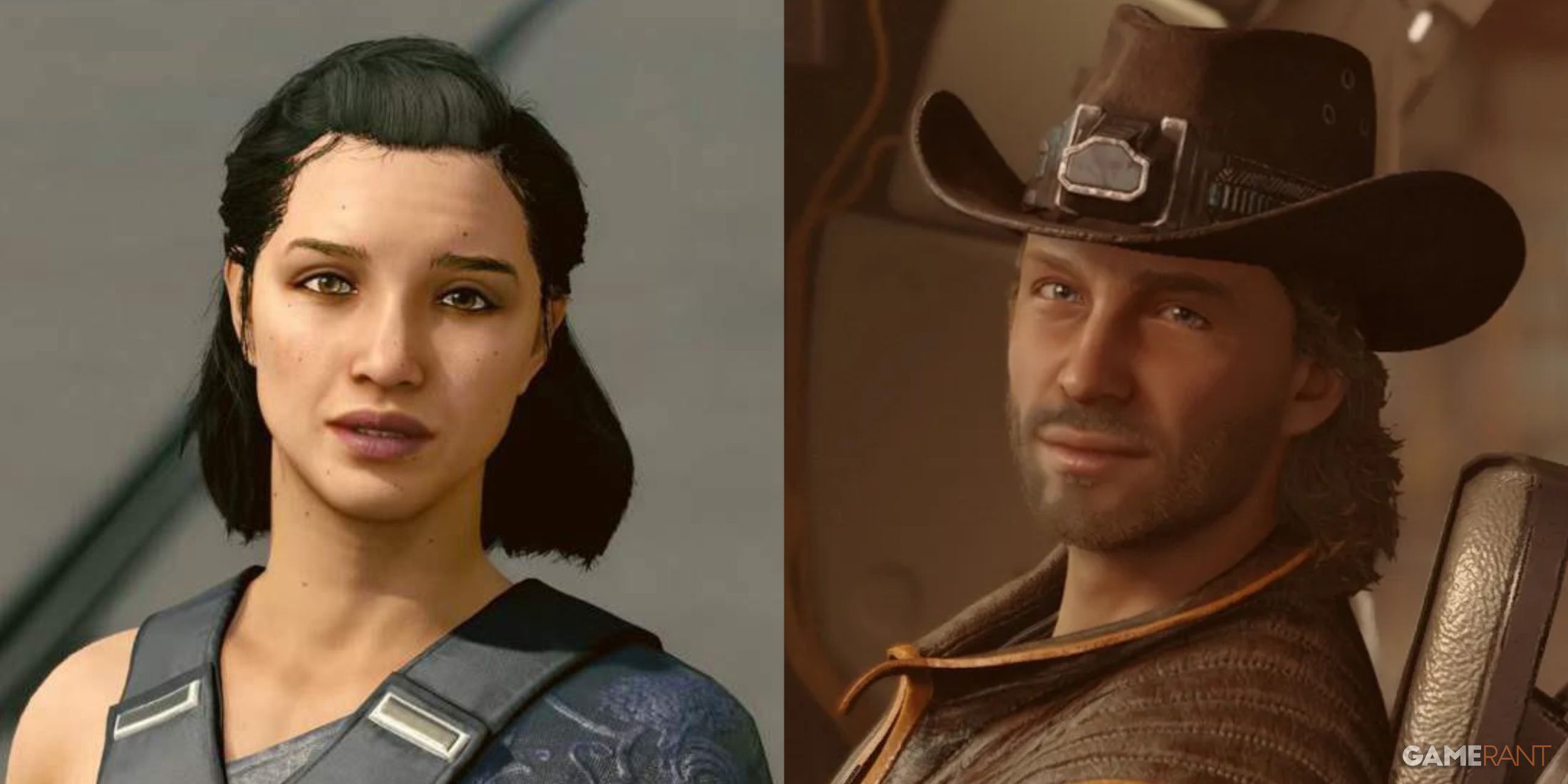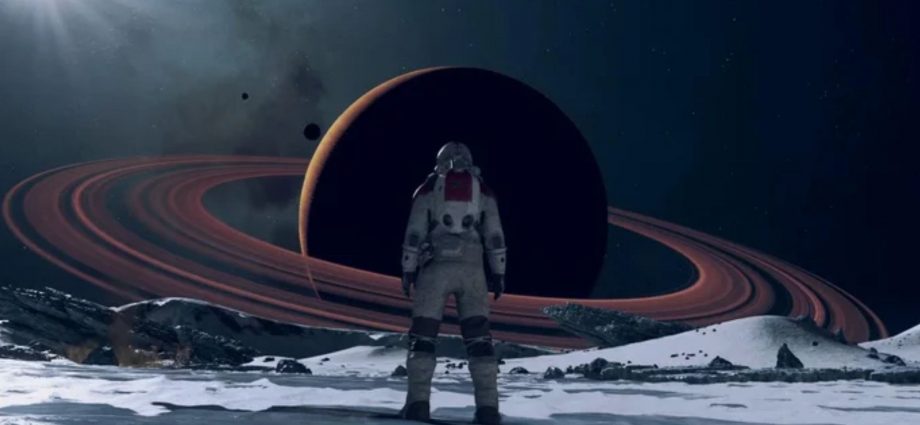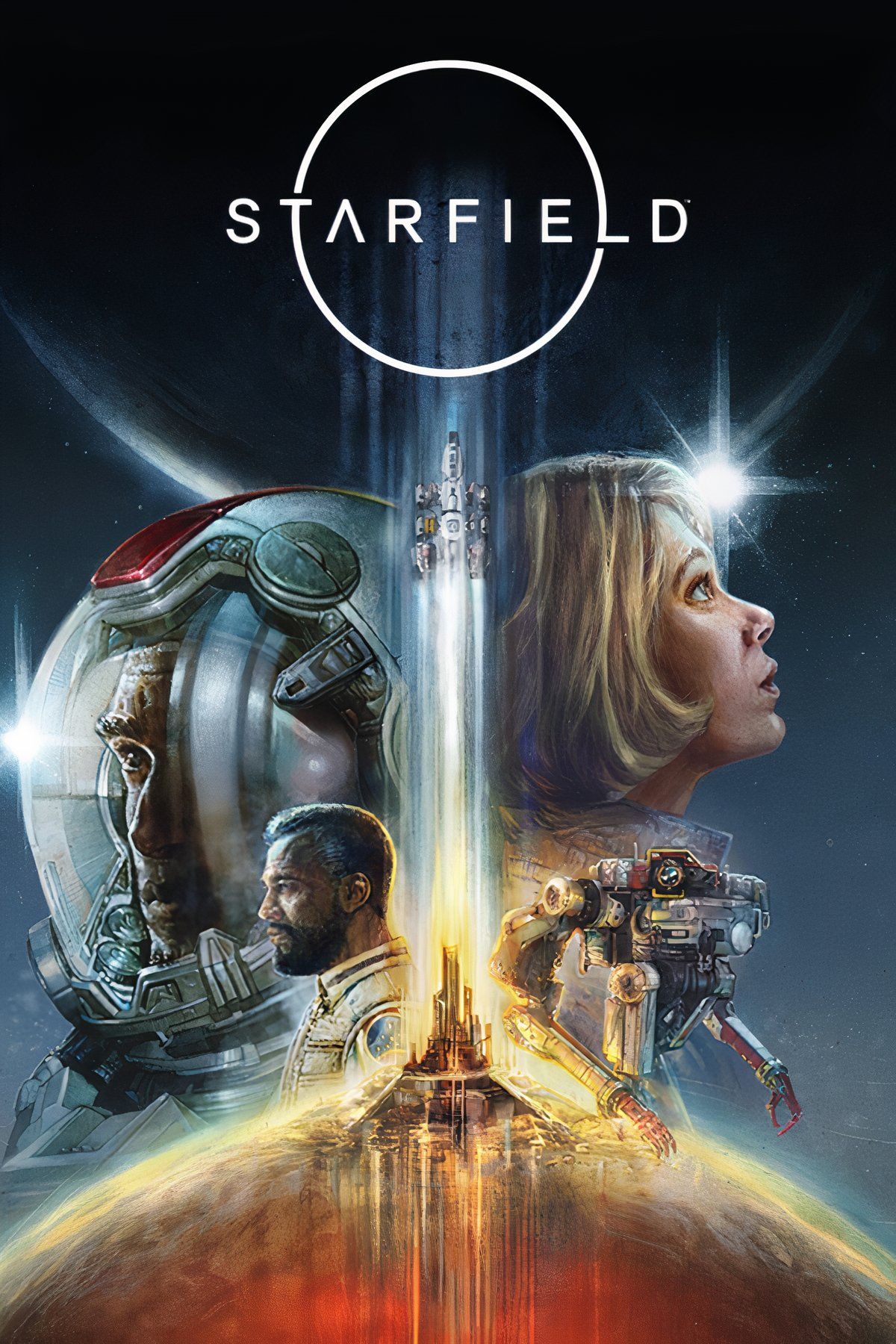Since its launch, Starfield was plagued with long stretches of on-foot traversal, lackluster enemies, and a story that felt nearly non-existent. But the game’s biggest issue wasn’t just pacing or plot; it was the use of procedural generation. Instead of creating each planet by hand with unique geography, landmarks, and quests, Bethesda used algorithms to generate environments on the fly as players approached them. This allowed the game to feature over 1,000 planets, but most ended up feeling empty and repetitive. Outside a few carefully designed locations like New Atlantis and Akila, players mostly discovered duplicate medical labs, lifeless caves, and repetitive helium labs.
Bethesda’s response didn’t satisfy disappointed players, either, as it defended the design choice by saying the planets were meant to feel barren, comparing the experience to the actual moon landings. Unhappy gamers weren’t looking for realism for realism’s sake, though – they wanted fun, engaging gameplay. In an attempt to fix things, Bethesda released Starfield Shattered Space, a DLC that dropped procedurally generated content for a more handcrafted world. But instead of being hailed as a return to form, it faced more backlash, only in a different flavor. As such, the next DLC almost feels like it’s in a lose-lose position.

Related
The Next Starfield DLC Could Solve One Problem With its Companions
There’s no telling when the next Starfield DLC will be ready, but Bethesda would benefit from addressing a common companion complaint.
What Did Shattered Space Get Wrong?
The DLC focused on a single planet, Va’ruun’kai, and followed a more traditional, story-driven arc. This fixed the problem of empty artificially generated content, but only by replacing it with something arguably just as hollow. Despite a hefty $30 price tag, Shattered Space offered barely eight hours of new content, and even that felt repetitive. The story was messy, with disjointed writing and awkward voice acting that broke immersion.
On top of that, the expansion was filled with technical problems: frame rate drops even on Balanced mode, broken textures, buggy animations, and Starfield‘s AI companions that were always confused. It felt like the game was still stuck in the shadow of Skyrim, trying to mimic a decade-old formula instead of moving forward. Game Rant gave it a 5/10, while on Steam, the rating quickly dropped to “Mostly Negative,” with roughly 70% of the reviews falling into that category.
The Next Expansion Risks Pleasing No One
Bethesda now sits at a difficult crossroads. If it returns to grand-scale exploration content, it risks repeating the emptiness that frustrated players the first time. If it goes fully handcrafted again, it risks another short campaign that lack ambition. At this point, simply choosing between artificial or handcrafted content isn’t enough. Bethesda needs to understand exactly why both approaches failed. If the studio doesn’t learn from these mistakes, any future Starfield DLC, no matter the format, will face the same backlash.
The Goal Isn’t to Abandon Scale, But to Fill That Scale With Life
To move forward, the next expansion needs to introduce meaningful systems. If a player supports a faction, the world should reflect that. If players clear Crimson Fleet pirates from a fuel depot, trade in that system should improve. If Spacers control a cryogenics facility, other outposts on that planet should use cryo mines instead of frag mines. If they take over a robotics plant, roaming robots could patrol the region and attack civilian settlements. If they own a shipyard, increase their orbital activity. And if the player clears these locations, those perks should be stripped from the associated faction. This kind of cause-and-effect layering would give player actions real weight.
Even if Bethesda keeps procedural generation, they can introduce systems that make the planets feel more lived in. Instead of copy-pasting the same buildings, the game could include multi-structure buildings with randomized interiors. Bethesda could take cues from Metal Gear Solid 5, where players would hear scattered whispers from soldiers across multiple missions about a mysterious sniper. These vague rumors eventually culminated in a surprise boss fight with Quiet. In Starfield, perhaps NPCs on one planet could mention a nameless assassin going after a certain faction. On another planet, players might discover a fully wiped-out outpost. Eventually, without a quest marker, the player could stumble upon the assassin mid-mission on a distant planet. These ties would build context and make each planet feel like part of a larger world rather than a disconnected chunk of terrain. Still, with both hand-crafted and procedurally generated gameplay falling under fire, whatever Starfield does next will be under a lot of pressure.




